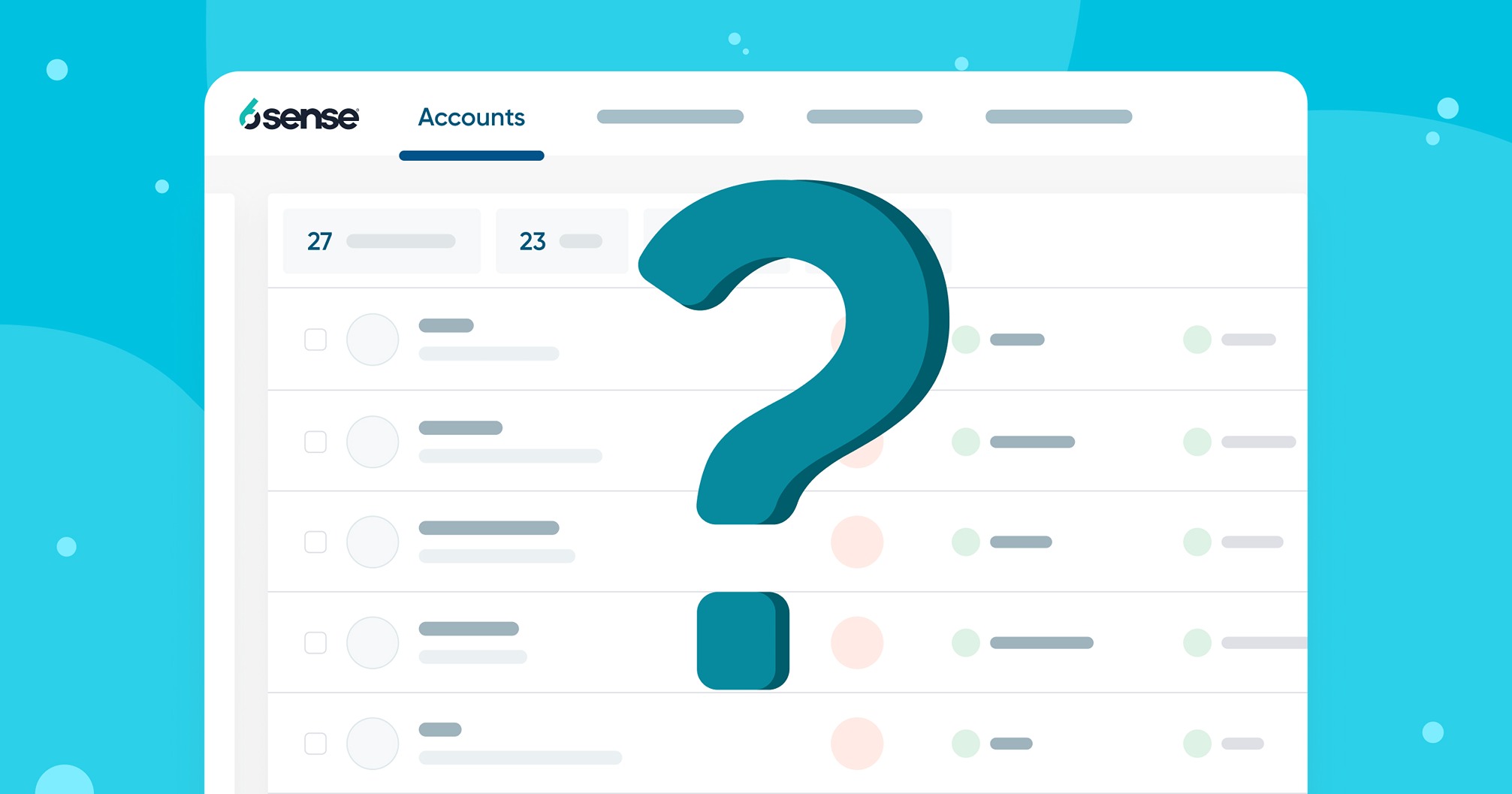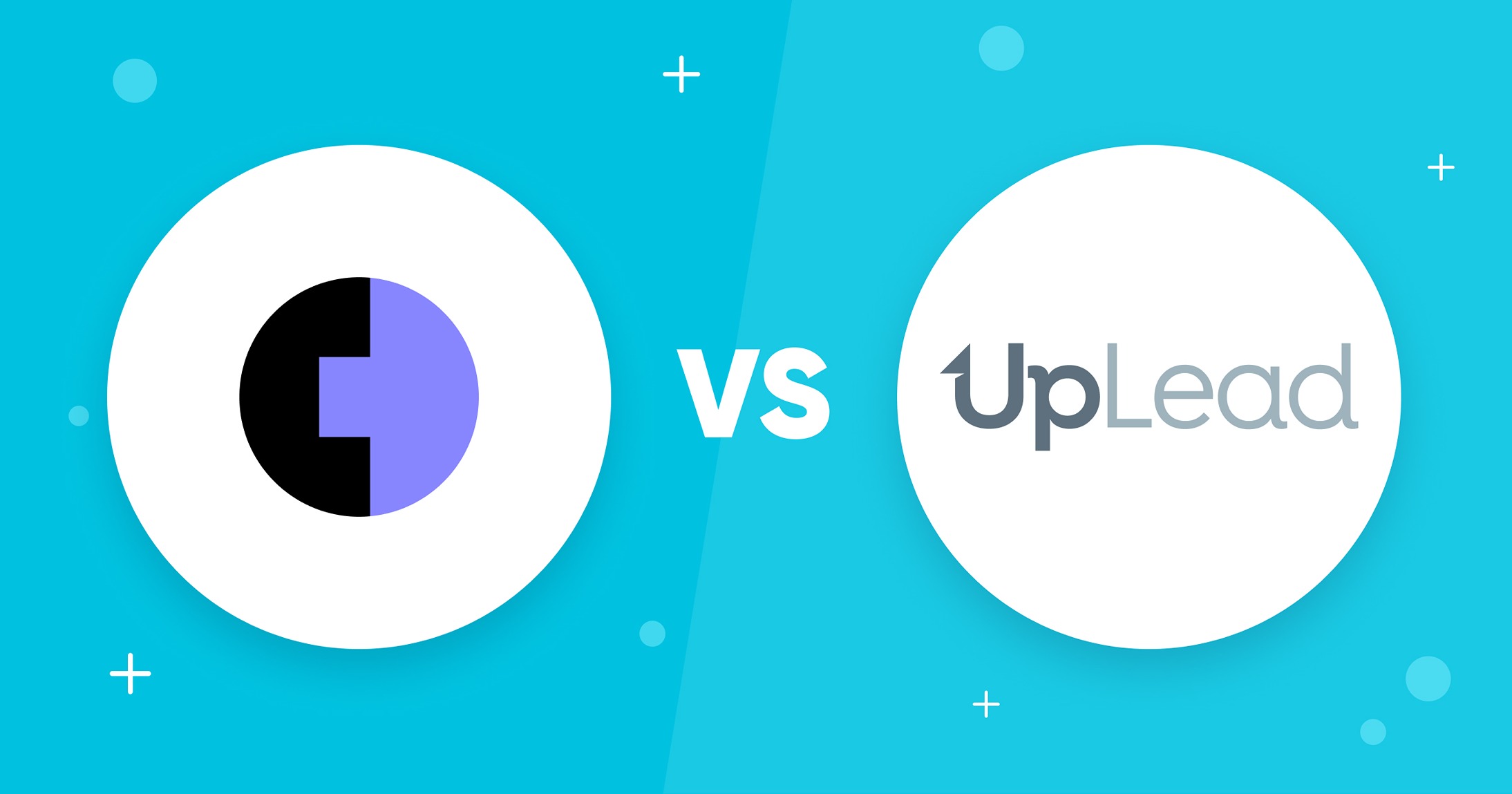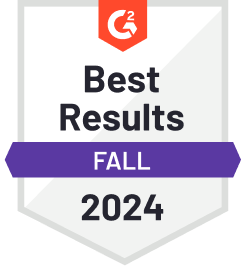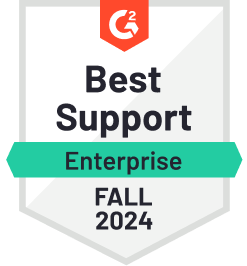The most important aspect of cold email marketing is opening that initial email. However, don’t underestimate the importance of the follow-up email. Like the initial email, your follow-up email needs a subject line that grabs the reader’s attention and sparks them into action.
This article will cover everything you need to know about follow-up email subject lines. Let’s get started.
Why Email Subject Lines Matter
Email subject lines matter because they influence email open rates. The more enticing your subject lines are, the more likely they’ll be opened. Even the best email will be ignored in the inbox if its subject line is uninspired.
There’s plenty of research done that supports the value and importance of an email subject line. Data from OptinMonster shows that email recipients use the subject line to determine the quality and legitimacy of an email. Here are the findings:
- 69% of email recipients use the subject line to determine whether or not an email is “spam.” [SOURCE]
- 47% of email recipients open emails based solely on the subject line alone. [SOURCE]
An email subject line must attract your recipient’s attention and stand out among the other emails in their inbox. You must communicate in a way that speaks to what they want and is interested in. We’ve discussed this in more detail below. Bonus: We also have a great article on sales email subject lines if you’re interested.
11 Follow Up Email Subject Line Examples to Use Today
Below, we’ve listed 63 follow-up email subject line examples, grouped into categories you can use today. They can be tweaked to suit your brand’s personality, voice, and tone.
General Follow Up
The general follow-up subject lines below are simple, easy to use, and can apply to any email recipient. They work because of the universal quality that makes them able to fit any context. They also convey a warm and professional tone.
A follow-up email is all about re-engagement and building upon your established relationship. You need to progress your connection with your prospects. However, you need them to open your emails first and start with a subject line that stands out.
Here are six examples below of general follow-up subject lines:
- Hi [Name], just checking in
- It was nice to meet you, [Name]
- It was a pleasure to talk to you, [Name]
- Hello again, [Recipient Name]; it’s [Your Name] from [Your Company]
- Hi [Name], it was nice to speak to you at [Event]
- Hi [Name], it’s [Your Name] from [Your Company]
There are so many different subject lines that you can use for your follow-up emails. The ones listed above are just a few. Consider implementing them today to get your emails noticed in your prospects’ inboxes.
Ask a Question
Asking a question is one of the simplest ways to get a response from someone. The call-to-action format gives your prospects a chance to have their say. People love to have their voices heard and show off their knowledge.
There are several types of questions that you could ask. Some involve asking for their knowledge on something; others offer value that is propositioned as a question. The key is to incite their curiosity and excitement.
Below are six “ask a question” subject line examples:
- Hi [Name], did you see this?
- Hello [Name], did you know about this?
- What do you think about this?
- Can I get your opinion on this?
- Are you interested in solving [problem or pain point]?
- Can I ask you this quick question?
The goal is to try to get a response from your recipients. You need to draw their attention with a subject line that stands out, and playing to their curiosity by asking a question is one way to accomplish this.
Guarantee Value
What’s in it for me? That’s what all of your prospects care most about. They do so when they open an email because they expect some form of value. Focus on what your recipients want, and show this in the subject lines of your follow-up emails.
What are you trying to sell them? You want to ensure you are offering value relevant to your prospects. Your relationship has already been established; you must build upon that foundation.
Six examples of subject lines that guarantee value are below:
- This method will make you more money
- Hi [Name], you’ll benefit from this
- This method is guaranteed to succeed
- I need to share this golden idea with you
- This method can work for you too
- It made me more money than anything else
Satisfying instant gratification is one of the most effective ways to get your emails opened. A subject line communicating relevant value to your prospects will position you for email marketing success.
Make a Connection
The connection between the sender and the recipient is the crux of email marketing. You want to strengthen the relationship between you and your prospects. The better you can convey that connection in your subject lines, the more likely they’ll open your emails.
That connection must be relevant to you, perhaps a mutual friend or business partner. The connection could also be a shared interest. Make sure you tell them about the connection by referencing it in your follow-up email subject lines.
Here are six “make a connection” subject line examples you can use:
- [Mutual Friend] recommended you
- Hi [Name], I think you’d like this
- Hi [Name], I met you at [Event]
- It was nice to meet you, [Name]
- [Mutual Friend] said I should contact you
- Business owner to business owner
Getting your recipients’ attention is the key to email marketing success. You need subject lines that draw their attention and stand out in their inboxes. There are several ways to accomplish this; the “make a connection” method is highly effective.
Spark Interest
We open emails because we have developed an interest. An unopened email in the inbox is like a present under the tree on Christmas, a mystery yet to be revealed. Understanding this fundamental idea is key, and use it to make your subject lines stand out.
The key to making this work is focusing on your recipients’ goals, interests, and desires. What do they want? How can you help them get it? You must satisfy their instant gratification and emotions by offering a solution. Communicate this in your follow-up email subject lines.
Here are six subject line examples to help you understand how this might look:
- Hi [Name], are you interested in this?
- What do you know about [Topic]?
- I need to share this with you
- You won’t believe this
- This is our best-kept secret
- Is this what you’re looking for?
Email marketing is all about nurturing relationships with your prospects. You need to communicate with their emotional desires effectively and tell them that you have the remedy for their pain points. Try focusing on conveying this in your subject lines.
Lean on Urgency
Using urgency in your subject lines is one of the most effective ways to get your emails opened. Copywriters and marketers have successfully used the power of urgency and scarcity for over a century.
Want to get your follow-up email opened? Use urgency in your subject lines. It works because of a psychological concept known as FOMO: fear of missing out. We, as humans, don’t like being the odd ones out, and as anxiety sets in, it forces us into rushed action.
Here are six examples of urgency-powered subject lines you can use for your follow-up emails:
- You don’t want to miss this
- Hi [Name], this is your last chance
- There are only 24 hours left
- This is my last email
- Time is almost up
- Hi [Name], this is your last opportunity
Urgency can be the secret ingredient that makes your emails stand out in your prospects’ inboxes. A follow-up email needs to re-engage your recipients and continue your established relationship. Consider adding some urgency to your subject lines.
Ask for Help
Asking your prospects for help makes them feel empowered. You’re asking for their insight and expertise, and using your subject line for this purpose is a great way to encourage them to open your follow-up email. It’s effective because people like being valued and showing off their knowledge.
You can ask your recipients for help on a topic or issue relevant to your relationship with them. It would be pointless and ineffective to ask them about something they have no knowledge or interest in.
Here are six examples of follow-up email subject lines that ask for help:
- Do you have any thoughts about [Topic]?
- Do you know anything about [Topic]?
- Hi [Name], can you help?
- Hi [Name], do you know anything about [Topic]?
- Do you have any experience with [Topic]?
- Can I get your opinion on this?
Engagement is essential when it comes to email marketing. You need to involve your prospects, starting with them opening your emails. A strong subject line is a key component, so try using a subject line that asks for your recipient’s help.
Suggest a Time
Suggesting a time is one of the best ways to use your follow-up email subject lines. It’ll grab your recipients’ attention and make your email stand out in their inboxes. You’re giving them a call to action by referencing a specific time and encouraging them to respond.
Suggesting a reasonable, realistic, and relevant time would be helpful. For example, it would be futile to reference time over any holiday break. You should know enough information about your prospect to suggest a reasonable time and one that fits their job and schedule.
Try out these six follow-up subject line examples:
- Hi [Name], is [Time] good for you?
- Are we still on for [Time]?
- Does [Time] sound good?
- Let’s meet there at [Time]
- Can you make it there at [Time]?
- Is now a good time?
A good subject line needs to attract attention and evoke a response. Suggesting a time is one of the simplest and most effective ways to accomplish that. A follow-up email progresses your relationship with your recipients, and this type of subject line engages them further.
Start a Conversation
Using your follow-up email subject line as a chance to “start a conversation” is an effective strategy. Humans often need a push, an encouragement to spark us into action. You’re using the subject line as a call to action, propositioning your recipient to talk.
To make it work, ask them a relevant question. This could be a topic, event, or discussion you’ve had previously. You need to be able to connect with them on a personal level. Start a conversation about something that both you and your recipient care about.
Here are six examples of subject lines that you can use:
- Hi [Name], do you have time to chat?
- Are you open to talking about [Topic]?
- Regarding your [Product]
- Hi [Name], ready to discuss [Issue]?
- What are your thoughts about [Topic]?
- What do you think about this?
Starting a conversation about a relevant topic is a great way to engage your recipient in a follow-up email. Your subject line presents an opportunity to grab their attention. This subject line style uses mutual interest to entice your recipient to read your email.
Offer a Compliment
People love it when they’re recognized and praised for their efforts. Isn’t being acknowledged for your hard work and dedication good? Humans respond positively to compliments, so you should show your recipient some respect in your subject line.
You need to be genuine and authentic to make it work effectively– they can tell if you’re not. You need to go the extra mile to show interest in them. Make sure you mention your compliment in the actual email copy and not just in the subject line.
You’ll risk looking fake if you don’t discuss your compliment in the email. They might suspect you’re not genuine and only after their money. So, if you said you liked their podcast in your subject line, then mention a specific part about it in the body of the email.
Here are six different examples of subject lines that offer a compliment:
- Loved your podcast with [Guest]
- Your talk at [Conference] was great
- It was nice to meet you at [Event]
- I love your new [Product]
- I watched your new video about [Topic]
- Your presentation with [Guest] was awesome
Offering a compliment is the easiest way to show your recipients that you have done some research about them. It shows respect and is a fantastic way to get them to engage with your email marketing efforts.
More Unique Follow Up Email Subject Lines
You can use many types of subject lines for your follow-up emails. Of the sixty examples we’ve listed already, there aren’t any that utilize a little humor. Making your prospects laugh can be the key to breaking the ice and getting your follow-up emails opened.
Here are some humor-focused subject lines that you can use:
- Does this look good on me?
- Don’t open this email!
- Swipe right on this email
How to Get Noticed with Your Follow Up Email Subject Lines
Getting your email to stand out in your recipient’s inbox is tough. You’re competing with several others, so you must apply best practices. Below are five guidelines to help your email subject lines attract your recipient’s attention.
Keep it Short
Generally speaking, you should keep your follow-up email subject lines short. Too long ones can be cut off depending on your recipient’s device. Smartphones have smaller screens and are heavily used in 2022 to view and respond to emails.
Several studies show a subject line of four words or less is ideal. Others suggest six to ten words is better. A study from Yesware found that open rates are highest for subject lines between one and five words long.
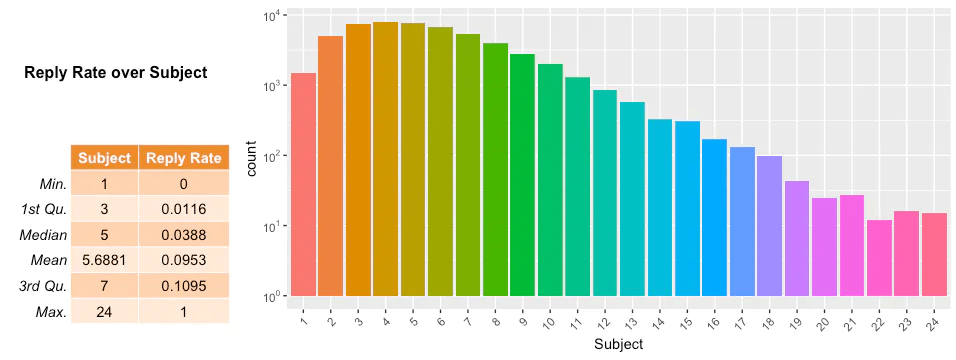
Image Source: Yesware
Your email recipients will decide whether or not they want to open your email in a split second. An excessively long subject line risks losing their attention. However, if you must have a longer subject line, put the important information first.
Be Direct
Your email subject line should be direct and specific. It should tell your recipients exactly what your follow-up email is about. You only have a second to grab their attention; don’t waste it being clever or cutesy.
Make it Personal
One of the simplest ways to make your follow-up email subject lines more engaging is to personalize them. Dale Carnegie, the author of How to Win Friends and Influence People, once said a person’s name is the sweetest and most important sound they can hear.
Don’t you feel more connected to an email when you see your name in the subject line? It makes it stick out among the other emails in the inbox.
A study from Experian Marketing Services showed personalized emails have 6x greater transaction rates. Simply put, we’re more likely to open emails that are personalized in some fashion, such as our name.
You can add any additional personal information along with their name. For instance, you can reference a meeting you had or scheduled in the future. The key is making your recipients feel your emails have been written specifically for them.
The Catchier, the Better
Trying to stand out in your recipient’s inbox is half the battle in getting them to open your email. Not only should your subject line be short, direct, and personal, but it should be memorable—the catchier, the better.
Split Test Your Subject Lines
A subject line optimal for one industry might not be for yours. Make sure you consider this when using the examples in this article. They might not work for your niche as intended. Every individual business has its unique considerations and concerns.
The only way that you can know what works for you is if you experiment. We recommend running some A/B split tests to measure, analyze, and compare potential subject lines. Here’s how the process looks:
- Create a list of potential subject lines you like and want to test
- Configure A/B split testing so that your various follow-up email recipients each receive different subject lines
- Add as many email recipients as possible to the A/B split testing to increase the sample size
- Send the emails
- Measure and analyze the results, focusing on key performance indicators like conversions
- Identify the strongest performing subject lines and use them
You should run A/B split tests on a moderately frequent basis. It’ll allow you to build a set of strong performers that you can use for various follow-up emails. Your email service provider (ESP) should have an A/B split testing feature.
FAQs
The subject line of your follow-up email needs to catch your recipient’s attention and stand out in their inbox. There are several qualities that it should possess to accomplish this. Some of these include the following: short in length, as direct as possible, personal, and catchy.
You want to keep your subject line short. If it’s too long, it’ll lack clarity and be cut off when viewed with smartphones. It should also be direct and specific, telling your recipient exactly what the introduction email is about. Don’t forget to use personalization to grab their attention.
What You Need to Remember About Writing a Follow Up Email Subject Line
This article covered everything you need to know about subject lines for follow-up emails. We included 63 examples that you can use, covering several unique categories. We also detailed best practice guidelines, such as personalization, directness, and a short length.

